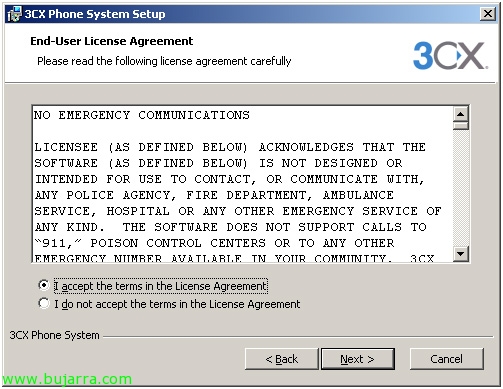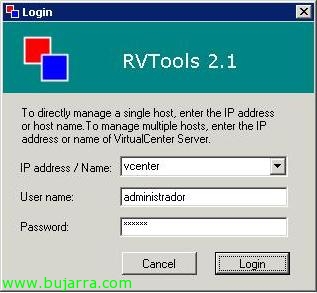Taking Active Directory Snapshots on Windows Server 2008
Well, the other day I saw this in an official Microsoft doc and it had to be tested. It refers to being able to take snapshots of our Active Directory, for the simple fact of taking it to another computer and performing some tests with LDAP tools for example, or to see how our Active Directory was doing at any given time, in case we have to do an authoritative AD restore and we don't know what an object or container is called (HTTP://www.bujarra.com/?p=1593), or to use with ADrestore to find out what a Tombstone is called (HTTP://www.bujarra.com/?p=1567)… In any case, it is not advisable to have many snapshots that are not going to be used due to loss of performance.







































